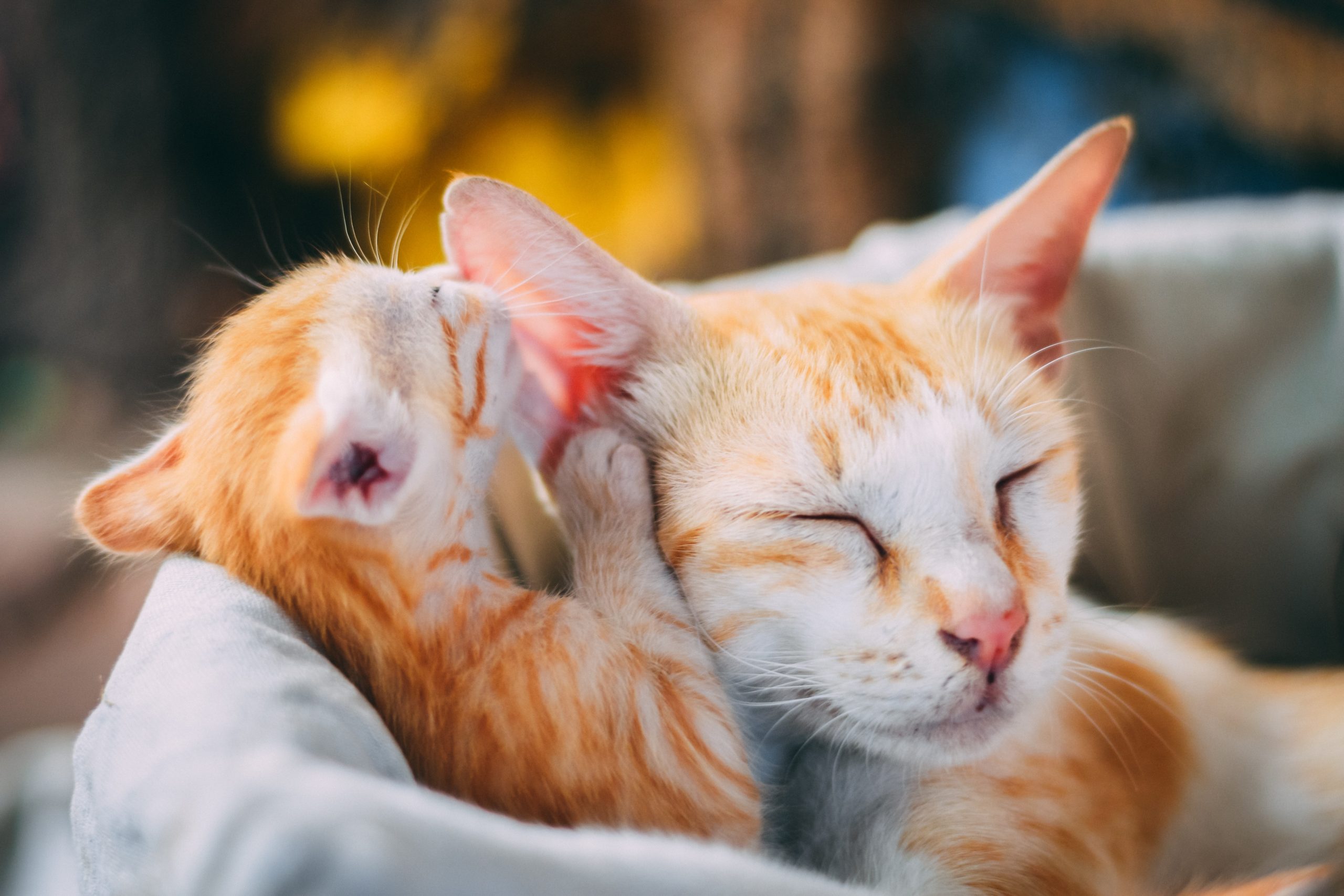Hair loss in cats, medically known as alopecia, can occur for various reasons, ranging from natural shedding to underlying health issues. Understanding the potential causes of hair loss in cats requires careful consideration of factors such as the cat’s age, breed, environment, grooming habits, and overall health.
common causes of hair loss in cats:
- Normal Shedding:
- Cats, like many mammals, undergo natural shedding as part of their hair growth cycle. This shedding helps to replace old or damaged hair with new growth.
- Seasonal changes, hormonal fluctuations, and environmental factors can influence the frequency and extent of shedding.
- Parasites:
- External parasites such as fleas, ticks, mites, and lice can cause skin irritation, itching, and hair loss in cats.
- Scratching and biting due to the discomfort caused by these parasites can lead to hair loss, especially in areas where the parasites are most prevalent, such as the neck, back, and tail base.
- Allergies:
- Cats can develop allergies to various substances, including certain foods, environmental allergens (e.g., pollen, dust mites), and even certain materials in their bedding or litter.
- Allergic reactions can manifest as itching, redness, inflammation, and hair loss, particularly in areas where the allergen comes into contact with the skin.
- Fungal and Bacterial Infections:
- Fungal infections such as ringworm (a type of dermatophytosis) and bacterial infections can cause skin irritation and hair loss in cats.
- These infections often result in patches of hair loss with characteristic redness, scaling, and sometimes crusting or oozing.
- Endocrine Disorders:
- Disorders affecting the endocrine system, such as hyperthyroidism or Cushing’s disease (hyperadrenocorticism), can disrupt hormone levels in cats, leading to hair loss.
- Hormonal imbalances may affect the hair growth cycle, resulting in thinning or patchy hair loss, typically over the body or in specific areas.
- Nutritional Deficiencies:
- Inadequate nutrition or deficiencies in essential nutrients, including protein, vitamins (e.g., biotin), and minerals (e.g., zinc), can affect the health and condition of a cat’s coat.
- Poor-quality diet, improper feeding practices, or underlying gastrointestinal disorders that affect nutrient absorption can contribute to hair loss and a dull, brittle coat.
- Stress and Anxiety:
- Stressful situations, changes in routine, or environmental stressors can trigger excessive grooming behavior in cats.
- Over-grooming, known as psychogenic alopecia, can lead to hair loss, particularly in areas accessible to the cat’s tongue, such as the abdomen, inner thighs, and forelegs.
- Trauma and Injury:
- Physical trauma, such as bites, scratches, burns, or abrasions, can cause localized hair loss and damage to the skin.
- Cats involved in accidents or fights may experience hair loss as a result of injuries sustained during the incident.
- Autoimmune Disorders:
- Autoimmune diseases affecting the skin, such as feline autoimmune skin disease (e.g., pemphigus foliaceus), can cause inflammation, blistering, and hair loss.
- These conditions occur when the immune system mistakenly targets and attacks healthy skin cells, leading to lesions and hair loss.
- Underlying Health Conditions:
- Various systemic health issues, such as kidney disease, liver disease, cancer, and metabolic disorders, can manifest with secondary skin and coat changes, including hair loss.
- Diagnosis and treatment of the underlying condition are essential to address the associated hair loss effectively.
In conclusion, hair loss in cats can be attributed to a wide range of factors, including natural shedding, parasites, allergies, infections, hormonal imbalances, nutritional deficiencies, stress, trauma, autoimmune disorders, and underlying health conditions. Identifying the underlying cause of hair loss in a cat often requires a comprehensive evaluation by a veterinarian, including a physical examination, diagnostic tests (e.g., skin scrapings, bloodwork, allergy testing), and sometimes skin biopsies. Treatment strategies will vary depending on the specific cause and may involve addressing the underlying condition, managing symptoms, and providing supportive care to promote skin and coat health.







